News
JWST directly images two giant planet candidates
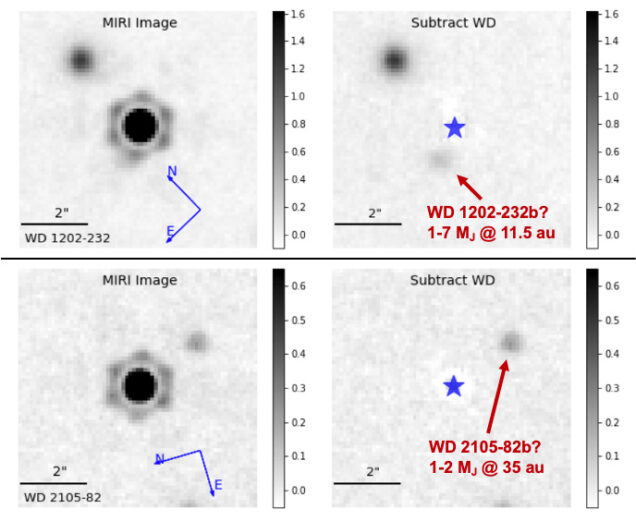
In January 2024, a manuscript led by Susan Mullally from Space Telescope Science Institute and including members of the BUWD group (Mullally et al. 2024) announced that JWST has directly images giant planet candidates around two metal-polluted white dwarf stars. The two planet candidates (JWST/MIRI images shown above) are consistent with 1-7 Jupiter-mass planets on orbits that would have been similar to Jupiter or Saturn in our solar system before the host star lost mass to become a white dwarf. JWST has improved our sensitivity to such planets by an order of magnitude. If confirmed to move with the white dwarf (although unlikely, in each case the point source could be a background galaxy), these would be the oldest directly imaged exoplanets ever found, and would be direct evidence that giant planets like Jupiter survive the evolution of their host star. Because they orbit white dwarf stars, we can get reasonable estimates on their ages: WD1202-232b is likely close in age to our Sun (~5 billion years old), and WD2105−82b is between 1.4-2.4 Gyr. Some nice press coverage of the discovery was published by Science Magazine as well as Universe Today. The manuscript has been accepted in The Astrophysical Journal Letters.
USRA Distinguished Undergraduate award
Former BU White Dwarf researcher Madi VanWyngarden, who worked with us in Summer 2021 and helped with our discovery of many new pulsating white dwarfs in TESS, has recently been honored with a 2023 Universities Space Research Association (USRA) Distinguished Undergraduate Award. Madi is one of only five recipients of this year's award, and the first ever from Boston University!
A 23-min binary in TESS
In November 2023, a manuscript led by Matthew Green from the Max-Planck-Institut für Astronomie in Heidelberg, Germany and including members of the BUWD group (Green, Hermes, Barlow et al. 2023) announced the discovery of the shortest-period binary system yet found by NASA's Transiting Exoplanet Survey Satellite (TESS)! Although TESS is tuned to finding transiting exoplanets, we used the facility to discover a pair of stars orbiting one other roughly every 23 minutes, one of the brightest (and closest) AM CVn binaries ever found. This is the second system we have recently found from TESS that will be detectable in gravitational wave radiation when we launch space-based interferometers in the coming decades. The manuscript has been accepted for publication in the Monthly Notices of the Royal Astronomical Society.
TESS’s first gravitational wave source
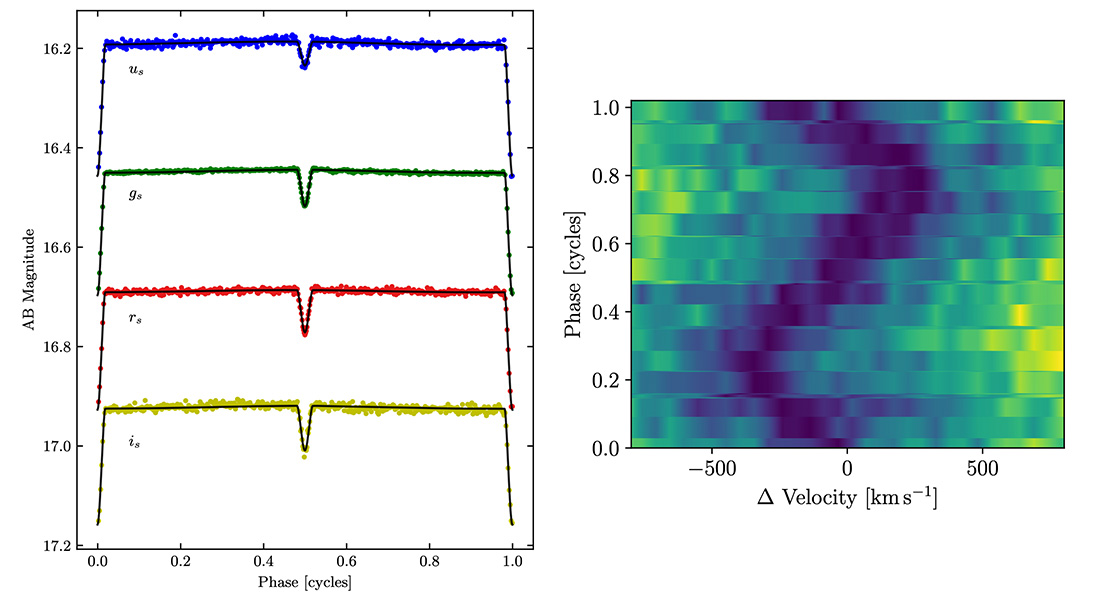
In August 2023, a manuscript led by James Munday from the University of Warwick and including members of the BUWD group (Munday, Tremblay, Hermes, et al. 2023) announced the discovery of an eclipsing, 47.19-min double-white-dwarf binary first identified by NASA's Transiting Exoplanet Survey Satellite. The pair of stars are massive enough (0.40 and 0.28 solar masses) and close enough (separated by roughly the distance from the Earth to the Moon) that they are an extremely strong source of gravitational radiation, ripples in the fabric of space. The system is likely the first binary identified by the TESS mission that will in the future have its gravitational wave radiation directly detected by the LISA space mission. The manuscript has been published in the Monthly Notices of the Royal Astronomical Society.
A two-faced white dwarf
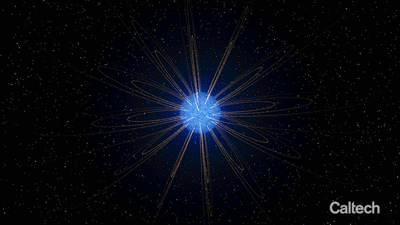
In July 2023, a manuscript led by Ilaria Caiazzo from Caltech and including members of the BUWD group was published in Nature announcing the discovery of an enigmatic new star: a white dwarf that is entirely composed of hydrogen on one side and helium on the other. Every 15 minutes the star rotates once on its axis, showing both its hydrogen and helium faces; we nicknamed the star "Janus" after Roman mythology. We believe the chemical stratification is likely related to a small magnetic field and a very thin layer of hydrogen on the star, but it remains a relatively unsolved problem. The discovery was published in the July 19 2023 issue of Nature and included press coverage from Sky & Telescope, The Guardian, and Space.com.
Emerging magnetism in white dwarfs
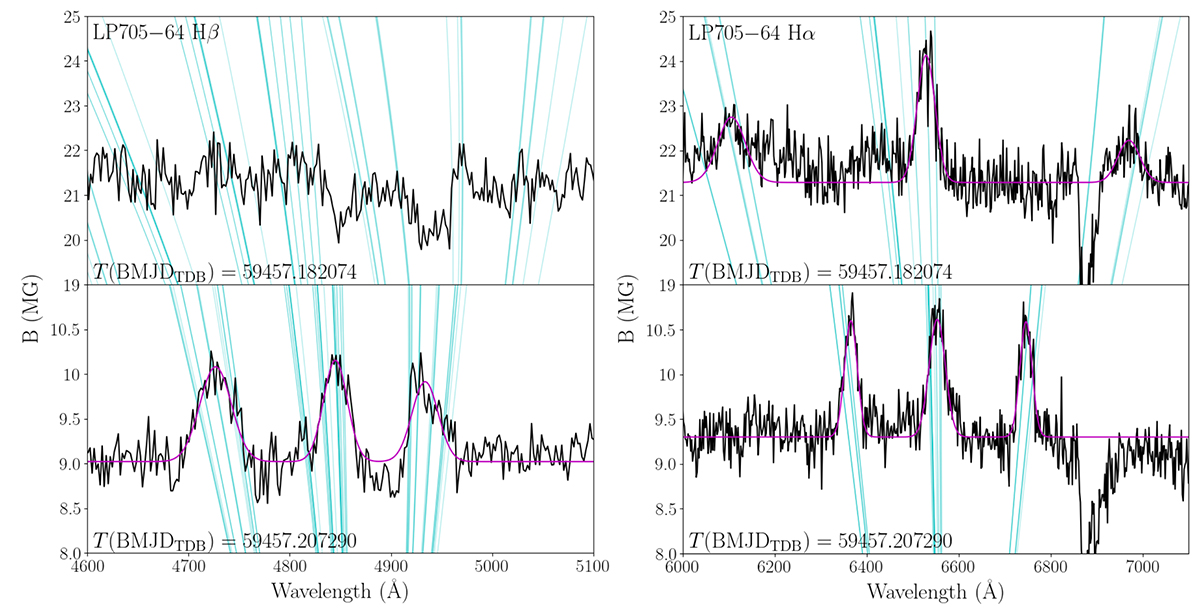
The BUWD group continues observational efforts to understand the emergence of strong magnetic fields in white dwarf stars as they cool down with age. In June 2023, BUWD group members helped in the discovery of two new stars with variable, strongly magnetic Balmer emission lines corresponding to surface magnetic fields more than 5 MG (more 5 million times stronger than in the Sun, see figure above); that work by Reding, Hermes, Clemens et al. was accepted for publication in a June 2023 issue of the Astrophysical Journal. Group members have also shown that at least some of these white dwarfs with Balmer emission lines do not necessarily have very strong magnetic fields, with some <0.05 MG; that work by Elms et al. is published in the Monthly Notices of the Royal Astronomical Society. Very recently, BUWD group members have helped show that the spot sizes on these magnetic stars cannot be composed of simple single spots; that work by Farihi, Hermes, Littlefair et al. is accepted and published in an October 2023 issue of the Monthly Notices of the Royal Astronomical Society.
A hidden white dwarf found
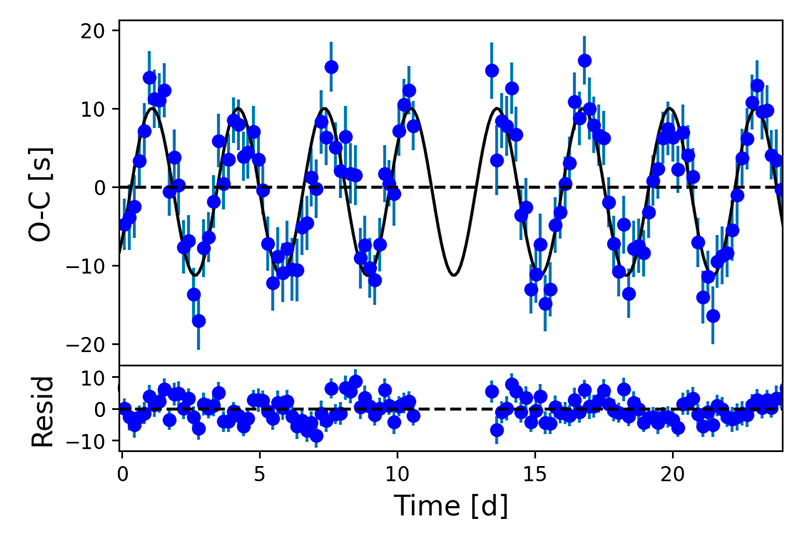
In September 2022, a manuscript led by undergraduate student at High Point University, Bryce Smith, and including members of the BUWD group has been published (Smith, Barlow, Rosenthal, Hermes & Schaffenroth 2022), which announces the discovery of an unseen, cool white dwarf using the stable pulsations of a stripped red giant star. This work implements the same timing method used to find the first exoplanets around a pulsar --- looking for light-travel-time changes in an object with a steady pulsation period. The discovery was confirmed with spectroscopy showing the star really is wobbling from an unseen companion. The pulsation-timing changes were first discovered by a high-school student working with the BUWD group, Ben Rosenthal, who joined us as a RISE intern in July 2021; Ben is now an undergraduate at Yale University. The work has been accepted for publication in the Astrophysical Journal; a short thread on the discovery can be found here.
EuroWD Conference, Aug. 2022

Four members of the BU White Dwarf group traveled to present research results at the 22nd European Workshop on White Dwarfs, this summer held in Tübingen, Germany. The conferences in this series are typically biannual and feature more than 150 international researchers focused on the endpoints of stars, planets, and binary systems.
Empirically testing WD ages
In June 2022, a manuscript led by BUWD graduate student Tyler Heintz was accepted for publication that empirically tested the reliability of white dwarf stars as age indicators. This extensive work was funded by the NSF and used more than 1250 widely separated (>100 au) pairs of white dwarfs to quantify how accurate their ages are. On the whole, white dwarf ages agree to at least 25% using only existing survey data, but we can do better! We also found that roughly 21-36% of the wide WD+WD binaries had a more massive white dwarf that was hotter than the less massive white dwarf -- so up to 1/3 of WD+WD may have arisen from merged triples! The work has been accepted for publication in the Astrophysical Journal; a short thread on the discovery can be found here.
Planetary bodies observed for first time in habitable zone of dead star
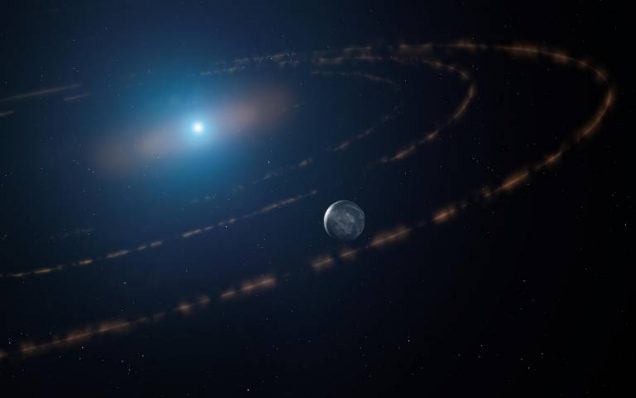
In February 2022, a manuscript led by Jay Farihi from University College London and including members of the BUWD group (Farihi, Hermes, Marsh, et al. 2022) announced the discovery of a remarkable white dwarf that hosts the first planetary debris found in the habitable zone of a retired solar system. The white dwarf, WD1054-226, started out its life like the Sun, but has since evolved through its giant phase and is now a retired white dwarf star. The debris orbits the white dwarf every 25 hours, and features persistent structures in the transit light curve that are most simply explained by a more massive unseen object, in the same way that structures in the rings of Saturn are caused by orbital resonances with moons and moonlets. The discovery was covered by BBC News, NewScientist, Newsweek, Space.com, and IFLScience. A nice thread on Twitter by Corey S. Powell summarizes some of the most interesting figures from the manuscript, published in MNRAS.